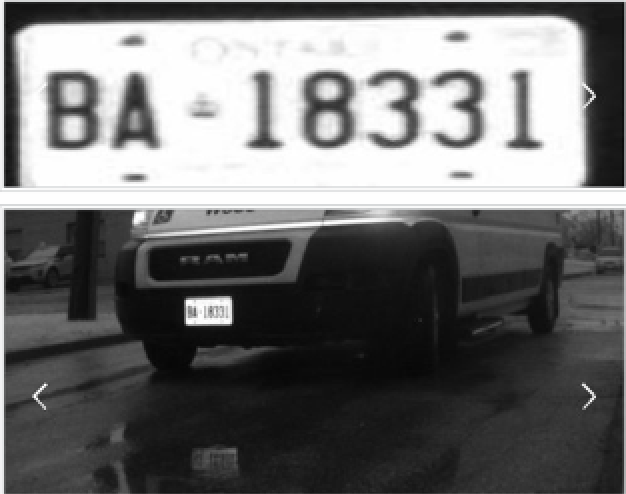What to Consider When Investing in License Plate Recognition Technology
6 min read
Published on Parking Industry Insights
As societal needs expand beyond ticket-based parking interactions, your facility needs to follow course. Frictionless technologies such as license plate recognition (LPR) allow you to get more out of your parking program with streamlined access control, enforcement capabilities and data optimization.
But it doesn't stop there. Advancements in frictionless LPR solutions are becoming more prevalent as we become increasingly digitized and interconnected, with more and more parking owners and operators opting for LPR over traditional access technologies.
To make your LPR venture easy, below is a comprehensive list of components and key considerations when investing in this technology.
LPR Technology Specifications:
LPR Mounting Options:
How you mount your LPR system is dependent on where the camera is being mounted and the hardware you choose to proceed with. Parking operators are encouraged to conduct a site analysis before installation to decide the appropriate camera location to enable your system to capture an image of the license plate accurately.
Mounting options for LPR systems are as follows:
Wall/Roof-mounted
Pole mounted
Cabinet with an enclosed camera (Ground mounted)— equipped with light to help with low lighting conditions for colour cameras
LPR Camera Specifications:
The main component of an LPR system is, of course, the camera. The camera specifications below are standard criteria required to ensure thorough license plate imaging is captured to secure your bottom line.
Standard specifications for LPR cameras mounted on enforcement vehicles are similar to those of cameras located at a parking lot’s entry and exit point. Colour camera with IR capability (built-in IR light) for low-light conditions
Rolling shutter / global shutter for low-speed / high-speed vehicles
Low shutter speeds to minimize motion blur (less than 1/240) s
Various lens, optical zoom, and resolution options to handle different site layouts
LPR Lighting Specifications:
Infrared lighting can capture license plates in low lighting conditions through its reflective paint properties. When purchasing an LPR system, it's essential to ensure the camera's lens supports IR and visible spectrums.
LPR Software Specifications:
LPR Algorithm and Accuracy
Once it is possible to capture an image of a license plate successfully, the next key consideration is the LPR algorithm that converts that image into a successful read of the license plate. Two key types of algorithms can be used, and it is important to understand the basics of each.
The first algorithm generally used uses classic computer vision methodologies to look for a rectangular shape in the image of a particular size. Once the license plate has been found, technologies such as optical character recognition (OCR) are used to convert the image of the license plate into alphanumeric text.
The second and newer type of algorithm generally used involves using artificial intelligence (AI) to detect vehicle types, makes, and models, in addition to detecting and reading the license plates on those vehicles.
There are advantages and disadvantages to either algorithm, but at the end of the day, license plate recognition technology should have an accuracy of at least 90% N or more. This means that all characters on the license plate are read more than 90% of the time (even for international or out-of-province license plates), including exceptions caused by degrading license plates, vehicles without front license plates, or obstructed license plates due to external factors.
To keep up with the movement of vehicles, LPR systems must detect and read license plates, communicate with their central server to authenticate whether the license plate should be allowed into the parking lot and be able to vend gates where applicable, all within the span of a few seconds.
When talking about LPR accuracy, it is useful to know that N refers to the total number of characters in a license plate, which may vary between 2 and 8 characters for North American plates. The most important accuracy is N, where all characters are read successfully. Depending on your facility settings, it may be of interest to also determine the N-1 or lower accuracy, which can be helpful when comparing reads at the exit lane and associating with a similar read on the entry lane, even if one or more characters are misread. Alternatively, if a list of known or allowed license plates is stored within the system, license plates read at the entrance can be associated to allow entry even for imperfect reads:
N: All characters are accurately read
N-1: 1 character is misread
N-2: 2 characters are misread
N-3: …
License plate recognition is a built-in gateway to your parking facility. As LPR could require significant investment from both a resource and budgetary standpoint, it is essential to understand standard hardware and software specifications before deciding on technology that best suits your business and customer needs.
Director, Research & Development, Precise ParkLink




